Families suffer grief of state-enforced death
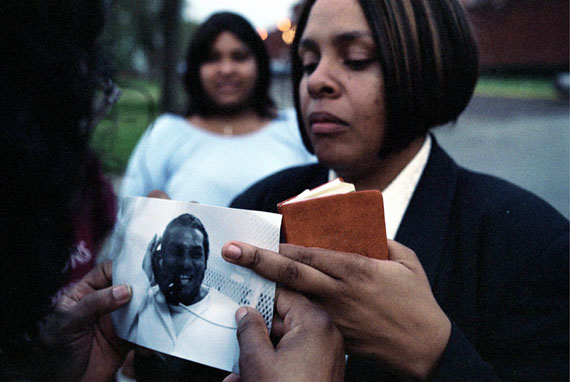
On the eve of World Day against the Death Penalty (October 10), a Swiss photojournalist gives his insight into the suffering of the families of the condemned.
Fabio Biasio came face-to-face with the grim reality when he travelled to the execution capital of Texas for a reportage on capital punishment in 2003.
“I wanted to tell a story about the death penalty,” said Biasio about his trip to Huntsville.
He soon realised that there was no welcome on the mat in Texas for him. “I couldn’t get access to the execution room or death row,” Biasio told swissinfo.ch.
“Huntsville is the capital of the Texan penal system. Every execution in this US state is carried out there.”
After getting onto the visiting list of a prisoner, he could at least see the death row visiting room. That’s how he got to know Tina Morris, the sister of James Colburn.
“Tina sat beside me, she was visiting her brother. It was the day before his first execution date, which was then postponed.”
More victims
He saw in Morris the possibility of telling a special story – the fact that an execution produces a second set of victims, the family of the perpetrator.
“The perpetrator has caused great suffering to the family of the victim, and now the state causes great suffering to the family of the perpetrator,” Biasio explained.
He called his story the “Diary of an execution”. The photos show Tina Morris in the week before the execution of her brother James. “I was not just a photographer but also her companion and chauffeur.”
Her family was important to her this week but on her last visit to death row she felt so terrible that she did not want anyone from her family around her. “It was too close for her. I think she did not want her sons or her partner to see her like that. With me she didn’t care.”
“Tina, I will also photograph you when you feel really bad, when you’re crying,” he warned her. She accepted that. “She wanted her story to be told.”
Death row
Colburn suffered from schizophrenia. “James committed a murder because of his illness. He stabbed a woman with a kitchen knife,” said Biasio, who only had contact with Morris’s brother twice.
“I spoke to him for around 30 seconds by telephone. The conversation was very short, because it is forbidden to speak to inmates, without having an invitation from them. At the second contact, James was dead.”
When an inmate comes to death row he is locked away behind bullet-proof glass, also from his relatives.
“The first physical touch takes place after the execution. There is no final hug, no final squeezing of the hand.”
Made in the US
In the US it is very unpopular, according to Biasio, to campaign against the death penalty. Even President Barack Obama steers clear of the subject.
“It would cost him too many votes. Only small human rights groups take a position against the death penalty.”
Why is the death penalty in the US not seen in the same way as in Europe, where only Belarus still implements it?
“I think that it is has a strong religious base: An eye for an eye, a tooth for a tooth, the Old Testament approach, that is deeply rooted in the folk soul of the US,” the photographer said.
Biasio sees the executions carried out by the state as delegated killing.
“For the final implementation of the judgment, two anonymous executioners each press a button in a darkened side room. One of the buttons sets a mechanism in motion that releases the deadly injection. The second button is not connected.”
Biasio recognises that society needs to be able to mete out punishment if it is to function properly. “But it is often forgotten that every person should have the chance to improve themselves.”
Enduring memories
“I learned at that time that psychological torment can also cause physical pain,” the photographer recalled. “I have never seen someone suffer as Tina did during this week. That affected me personally a great deal.”
At the exhibition of his photos in Winterthur he met Morris again – a year after her brother’s execution. She watched her story in the gallery of pictures. “It was an unbelievably intense moment.”
Biasio also produced an internet slideshow of “Life and Death in Huntsville, Texas”. “Tina looks at it every day. The execution is part of her story. She has to live with this trauma.”
Studies have shown that the psychological state of murder victims’ relatives does not improve after the convicted person has been killed. In the US there is even an association of murder victims‘ relatives who speak out against the death penalty.
“In my opinion it leads to a brutalisation of society when the state practises a monopoly on this kind of violence,” Biasio said.
“Deep inside I know that the death penalty is wrong. When Switzerland spoke in 2010 about the reintroduction of the death penalty I hoped nothing would go wrong. Because if something terrible happened, then you would get a majority in Switzerland for the death penalty.”
Biasio saw in Texas that the death penalty brings immeasurable suffering, he says. “I am glad for every society that takes responsibility and says: No we do not want that here.”
139 (70%) of all states have abolished capital punishment or no longer practise it (March 2011).
96 states have completely abolished the death penalty.
Nine states use the death penalty only for crimes such as war crimes or military offences.
34 states have removed the death penalty in practice but not in legislation.
58 practise capital punishment.
Only one third of the world’s population live in states that do not execute.
Death by decapitation (Saudi Arabia)
Death by electric chair (United States)
Death by hanging (Egypt, Iran, Iraq, Japan, Pakistan, Singapore and others)
Death by lethal injection (China and US)
Death by shooting (China, Belarus, Vietnam and others)
Death by stoning (Afghanistan, Iran)
International human rights treaties prohibit minors from being condemned to death.
Since 1990, nine countries have executed juvenile offenders: China, Iran, Yemen, Nigeria, Democratic Republic of Congo, Pakistan, Saudi Arabia, Sudan and the US.
83 juvenile offenders have been executed since 1990, including 19 in the US and 47 in Iran. In 2009, Iran hanged five juveniles and Saudi Arabia executed two.
In 2010, the only known cases of juvenile executions occurred in Iran.
Yemen, Pakistan and the US have since outlawed the practice.
(Translated from German by Clare O’Dea)

In compliance with the JTI standards
More: SWI swissinfo.ch certified by the Journalism Trust Initiative
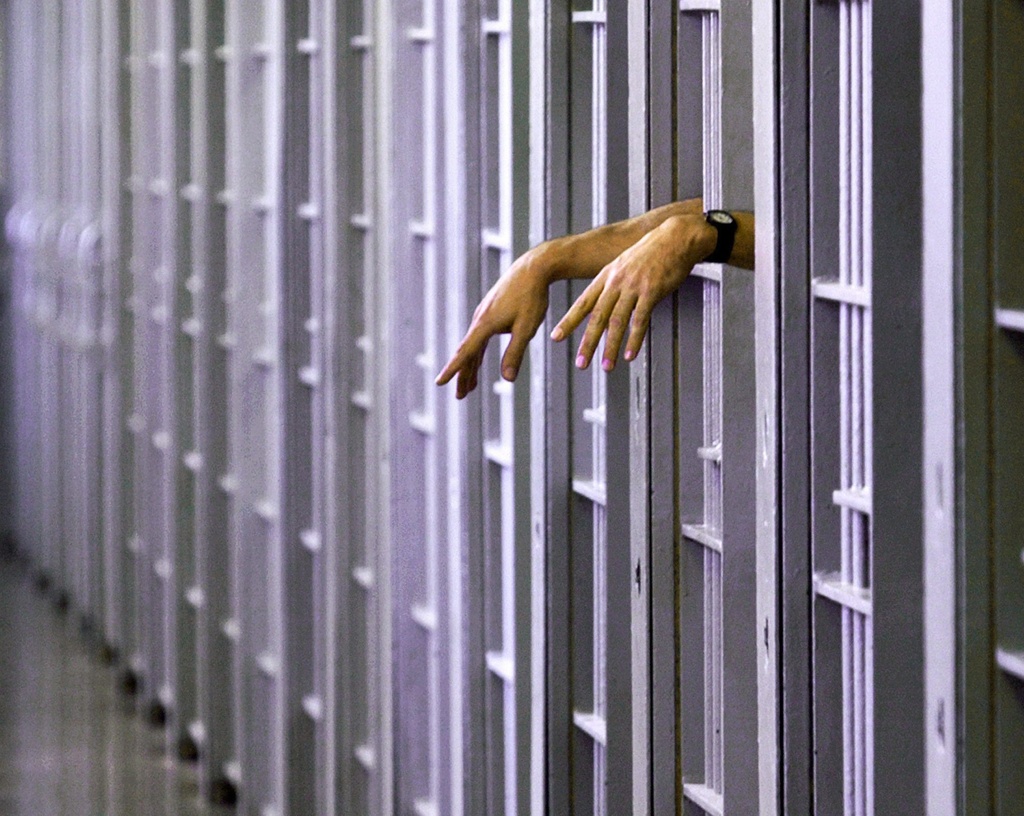
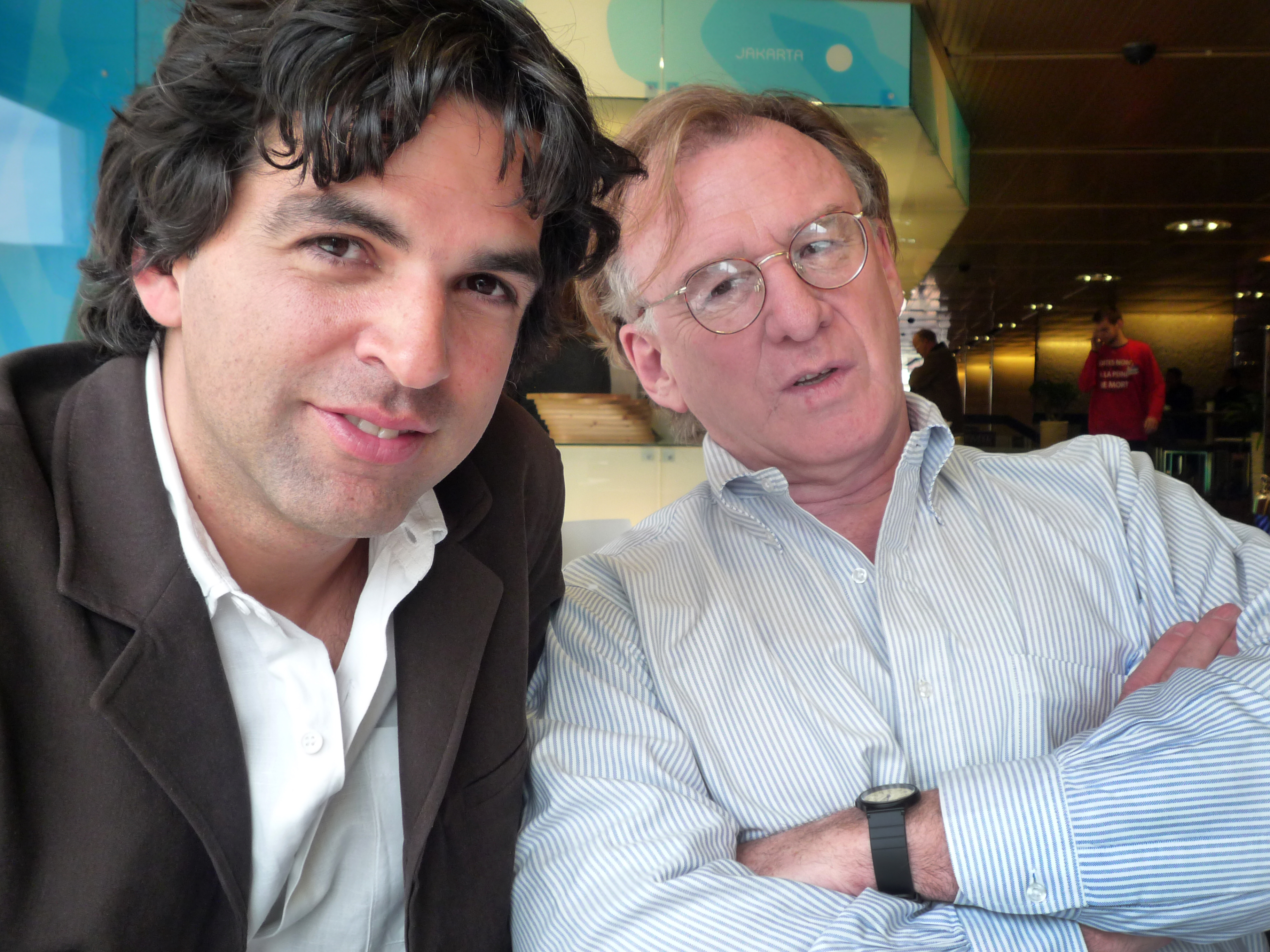
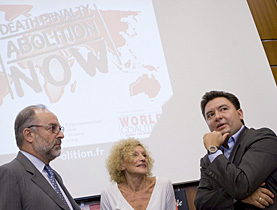
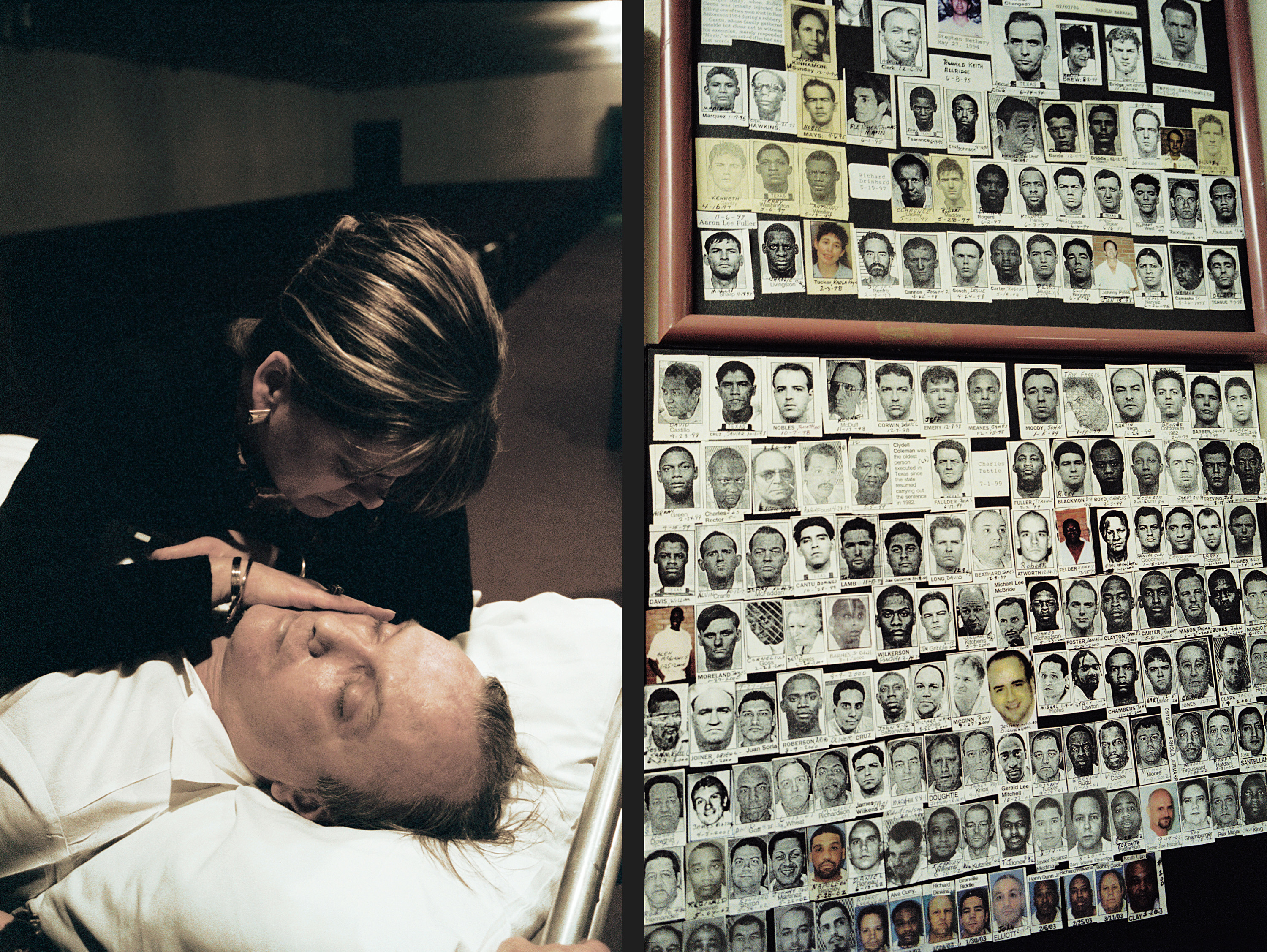
You can find an overview of ongoing debates with our journalists here. Please join us!
If you want to start a conversation about a topic raised in this article or want to report factual errors, email us at english@swissinfo.ch.